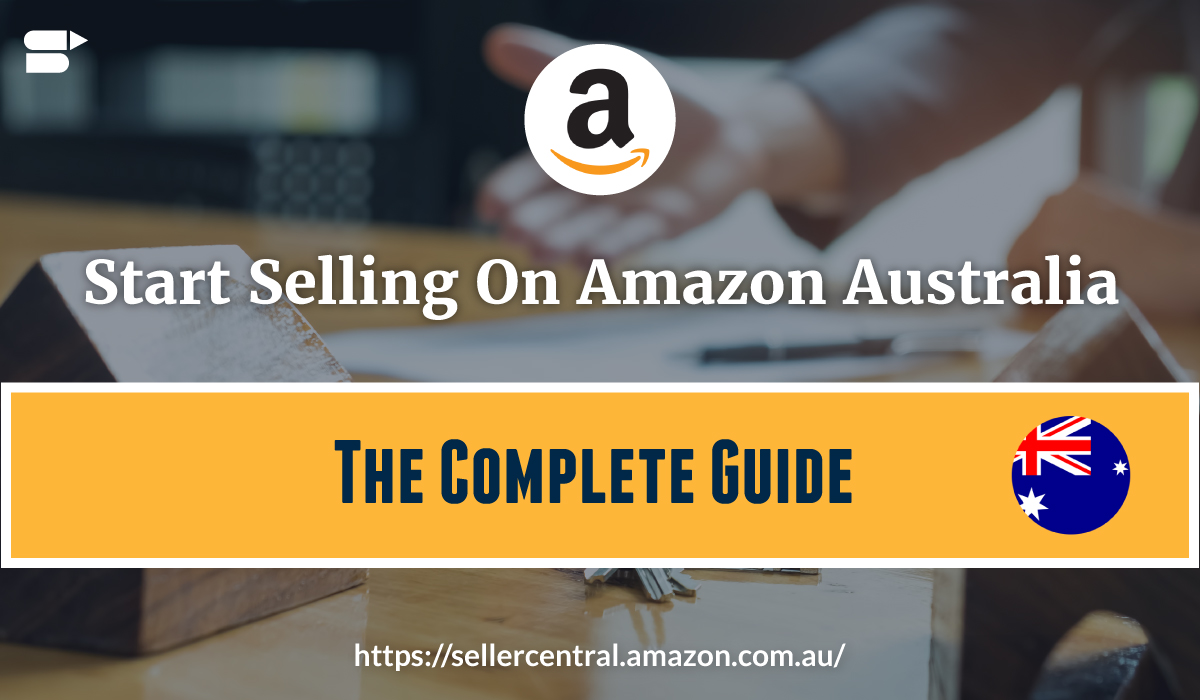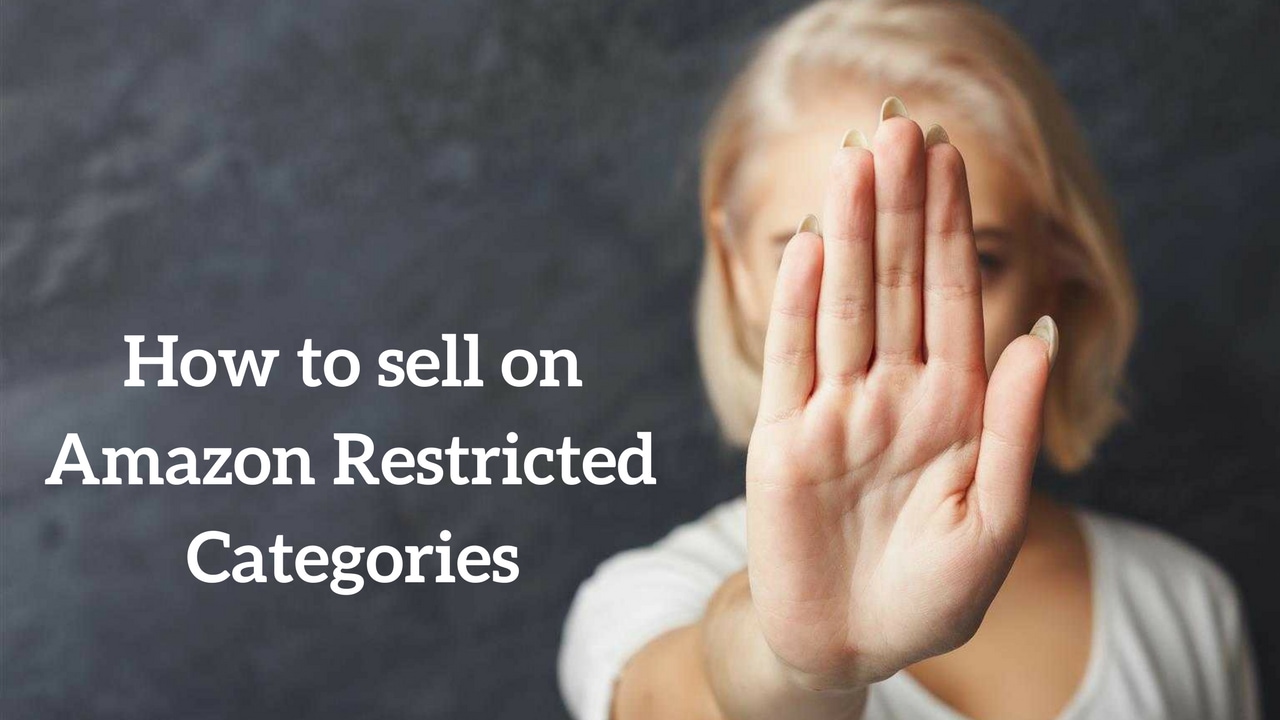Importing from China to Australia: An Amazon seller’s checklist
Amazon Australia is one of the fastest-growing e-commerce marketplaces in the world. The Australian e-commerce platform grew by a staggering 92.4% in 2019, with its revenue increasing from $292 million to $562 million in one year.
The Australian marketplace has been growing at an exponential scale following its launch in December 2017, and there are no signs of slowing down. If you’re a seller in Australia, you are in a pole position to take advantage of this e-commerce boom. However, if you need to maximize your gains, you’ll need to cut down on your costs. For many sellers, this means looking across the ocean for cost-effective manufacturing. This usually translates to importing from China.
We understand that importing from another country sounds like a daunting task. That’s why we’re going through all you need to know about importing from China to Australia.
Quick Guide:
- Importing from China to Australia: An introduction
- Keep your options open
- Run a background check
- Ensure compliance with Australian regulations
- Ask for prototypes
- Figure out costs and logistics
- Importing to Australia from China: Mistakes to avoid
- Always buying the cheapest option
- Getting lost in translation
- Rushing the production line
- Miscalculating margins
- Final Thoughts
Importing from China to Australia: An introduction
China is the undisputed leader in global manufacturing. Cheaper labor costs, coupled with a skilled workforce, have allowed China to manufacture quality products for cheap. It’s no surprise that Australia imported products worth 56.95 billion USD from China in 2019.
China presents every Australian e-commerce seller with an opportunity to boost its margins. However, importing from China is not without any risks. There might be hundreds of suppliers vying to manufacture your product. It’s up to the seller to find the supplier that suits their business needs. While China’s competitive manufacturing market will reduce your cost price per product, you’ll need to weed out the best from the rest.
Before you think about importing goods from China to Australia, you need to find a product that sells. Product research is often the kingmaker on competitive markets like Amazon. With millions of products on the platform, it is necessary to find products that stand out and get noticed. This is where SellerApp comes into the picture. Using real-time data from Amazon, the platform will update you on buyer trends to help you find that winning product. Don’t take our word for it, sign-up for free, and try it out yourself.
Recommended reading: To figure out how to find reliable Amazon suppliers, read this detailed guide on product sourcing for Amazon.
Do you already have some great product ideas? Did you find prospective suppliers in China? Let’s look at what you need to do before you start importing goods from China to Australia.
Keep your options open
Don’t sign a contract with the first supplier you find. Contact multiple manufacturers/suppliers to ensure that you find the best deal available. This gives you more options before making the final call. We recommend creating a list of potential suppliers before moving down this checklist. While identifying potential suppliers, ask yourself these vital questions – How much does the product cost? Will consumers be happy with the product quality? How will I handle product packaging and shipping?
Run a background check
You can’t trust everything you find on the internet. Unfortunately, the same can be said about suppliers from China. You always need to verify if the supplier is the real deal. The safest thing to do is to fly down to China and visit them. However, this isn’t always feasible. If traveling to China isn’t an option, a simple Google search will give you a fair idea about the legitimacy of the supplier in question. Look out for the following details:
- Business license
- Location of the supplier
- Ownership status
- Photographs of the company’s operations
- Contact info
- Necessary certifications for the product
Ensure compliance with Australian regulations
Australia regulates many products to ensure the safety of Australian consumers. When importing from China to Australia, you are responsible for ensuring that the products meet Australian standards. So, once you’ve identified legitimate suppliers, you need to make sure that they have all the certifications necessary to prove compliance with Australian standards and regulations. Most major Chinese manufacturers will have compliance documents for markets like the United States and the European Union.
Most Australian safety regulations are based on standards set by the EU and the US. So, if your chosen suppliers do not have the required compliance certification necessary in Australia, check if they have the corresponding certificates for the EU or the US. This will take a bit of research, but it is better than waiting for suppliers to get compliance certificates for Australia.
Australia also has a list of restricted and prohibited products. In the case of prohibited goods, you can’t have them imported into the country. Restricted ones require written approval by relevant authorities before you can import and sell them in Australia. You can find the full list of prohibited and restricted items on the official website of the Australian Border Patrol.
Ask for prototypes
Now that you’ve checked on your suppliers and reviewed their certifications, you need to get your hands on the finished product. Always ask for a prototype of the product before you partner with a supplier. It will help you gauge product quality. Whatever you decide to sell on Amazon, your profitability depends on your product quality. You need to make sure that the manufacturer produces high-quality products that meet the standards of your Australian customers.
Figure out costs and logistics
Before you finally settle on a supplier, you need to figure out the logistics and costs associated with importing goods from China to Australia. This includes transit time, fulfillment methods, freight charges, and customs duties, among others.
Pay close attention to how much it will cost you to import the product from China. You need to factor in these additional costs before you decide on a competitive price for the item. Some e-commerce sellers make the mistake of only considering product and fulfillment costs when setting their product price on Amazon. Do not make that mistake. Consider these additional costs before partnering with a supplier and listing your product on Amazon.
All imported goods need to be declared to Australia’s Customs & Border Protection. The person in charge of the imported goods needs to lodge an Import Declaration & declare the cargo to Australian customs. Moreover, if the goods reach Australia by air or sea cargo, they must have a Self-assessed Clearance Declaration. This will usually be performed by the cargo company for a nominal fee.
No taxes and duties will be levied on goods with a value of less than AUD 1,000 unless it is tobacco or alcohol products. You will be charged duty, goods and services tax (GST), and other taxes and charges for goods imported into Australia worth over AUD 1,000. All dues must be paid before the goods are cleared & released by customs officials.
For most products imported into Australia, the customs duty is 5% of the value of the goods in AUD. Other than basic foodstuffs (including beverages), certain medical aids and appliances, and precious metals, most goods imported into Australia are subject to 10% GST. It is levied on top of the total cost of imported cargo, including customs duty, taxes, insurance costs, and shipping costs.
Recommended guide: Amazon and Meta Join Forces: A World-Changing Partnership for E-Commerce.
How to calculate GST cost
Let’s assume you’re importing products worth 20,000 AUD from China to Australia. We also have a few other costs as well, in this case, shipping and insurance. Let’s have a look at the numbers*
- Customs duty = 5%
- Shipping cost = AUD 2,000
- Insurance = AUD 40
- GST = 10%
First, we add the customs duty. It is 5% of the cost of the goods:
20,000 x 0.05 + 20,000 = 21,000
Now you need to add other related costs. In this case insurance and shipping:
21,000 + 2000 + 40 = 23,040
GST is 10%, so we total cost after GST:
23,040 x 1.1 = 25344
These are hypothetical numbers and do not reflect actual insurance or shipping costs when importing to Australia from China.
Note: These are not the only charges you are liable to pay when importing from China to Australia. Duties and taxes differ between products. We recommend hiring experts to ensure that your business is compliant with all Australian laws.
If you’re selling the product using FBA, You can check your margins with SellerApp’s Fulfilled by Amazon (FBA) calculator.
Along with manufacturing costs and importing costs, you also need to chart out how long the product takes to be manufactured and shipped to Australia. It usually takes a while before a product can clear customs as well. So, to make sure you always have adequate inventory, make sure you have all the necessary logistical information necessary.
There are sometimes a few hiccups during shipping as well. To learn more about the challenges of sourcing from China, check out this video. 7-figure Amazon seller Tim Jordan is no stranger to importing from China, and he breaks down each step in the sourcing process.
Importing to Australia from China: Mistakes to avoid
Importing from China to Australia can often give you a competitive edge. However, importing from China is not without its risks. In an over-competitive e-commerce landscape, a lower cost price can give sellers a major advantage, but you cannot afford to be careless.
Countless entrepreneurs have made mistakes when importing goods from China. If you follow our checklist mentioned above, you should be fine. That being said, here are a few common mistakes sellers make when sourcing from the global manufacturing hub – China.
Always buying the cheapest option
Sometimes it can be enticing to pick the cheapest option available. After all, the lower the costs, the higher the margins. Unfortunately, importing from China is not that simple. I’ll be blunt about it – you could be getting scammed or getting a low-quality product. This is why you always need to do a background check and ask for prototypes before signing the deal.
Learn more about Amazon scams here.
Getting lost in translation
This is just a case of misunderstanding. Your point of contact for your supplier or manufacturer may not always know fluent English. This is why it is necessary to be as coherent as possible about what you want from the product. Whether it is an e-mail correspondence or a telephone conversation, there should be no room for doubt. Use simple English whenever you are communicating with manufacturers. If you know the local language, then use it for communication. If there is a communication gap that is difficult to bridge, you can consider hiring a local translator.
Rushing the production line
Everyone wants to get their products as quickly as possible. This is usually the same for sellers importing from China to Australia. However, some sellers are not very patient and ask for quicker deliveries. What is the problem here? Well, to meet delivery demands, manufacturers often end up creating lower-quality products. Requests for urgent delivery often lead to manufacturers cutting corners and compromising on quality control.
You will often find that high-quality suppliers are inflexible with their delivery times. They will not compromise on quality. Neither should you.
Miscalculating margins
Some sellers do not add customs duties, shipping costs, insurance, and other taxes when calculating their overall cost price. This usually leads them to unwittingly sell the products for a loss on Amazon. This is a careless mistake, but a preventable one.
Final Thoughts
Amazon’s astronomical growth numbers in Australia are a clear indication that business is booming. If you aren’t already selling on Amazon Australia, now is the time to start. If you’re already selling on other Amazon marketplaces, I think it’s time to go global and add Australia to the list. Before the competition heats up, it is always a good idea to get the best price you can get for your products. Importing from China has been the go-to strategy for sellers across the globe, and Australia is no different.
Importing from China to Australia can be challenging, but if you’re careful and diligent, it is the best way to improve your margins. Lower product costs will also let you compete more effectively on the platform. For instance, it can give you more room to lower your sales price or give you more money to spend on Amazon PPC ads. Your negotiations with your supplier will have a rippling effect on the rest of your Amazon business. So, you must take your time and find a supplier that fits your bill.
Additional Read:
What Are The Common Amazon PPC Mistakes





Terri
April 7, 2019Thanks for the excellent manual
Gustine
December 25, 2019These are truly wonderful ideas in regarding shipping.
You have touched some good factors here. Any way keep up writing.
Maryanne
March 16, 2021How is a prototype even helpful?
Arishekar N
August 23, 2021Prototypes help you gauge product quality. Whatever you decide to sell on Amazon, your profitability depends on your product quality.